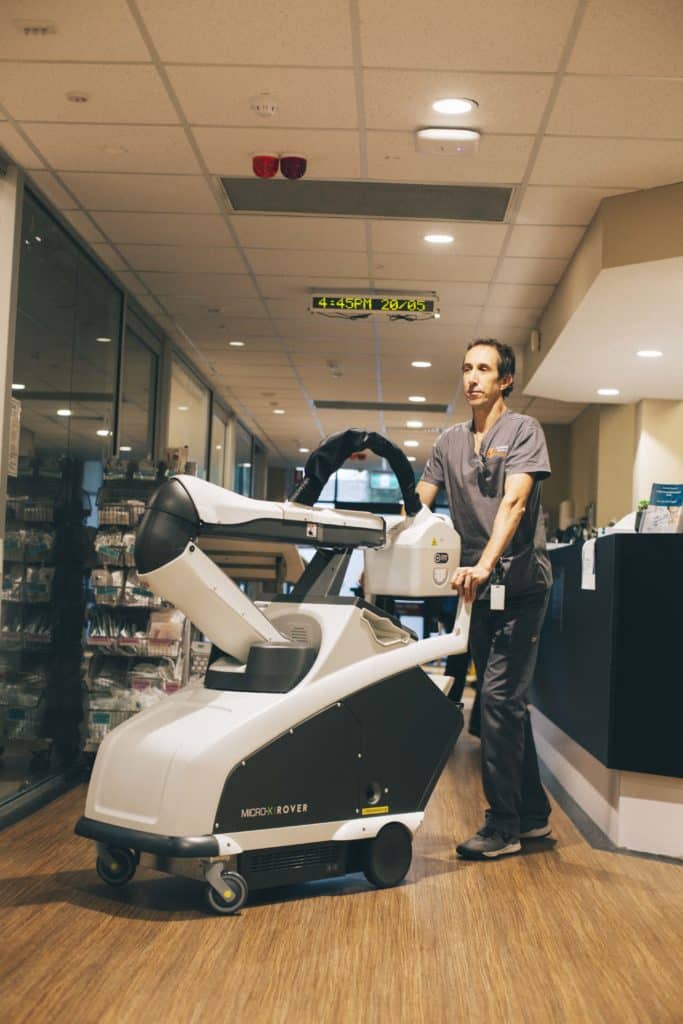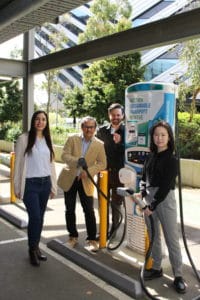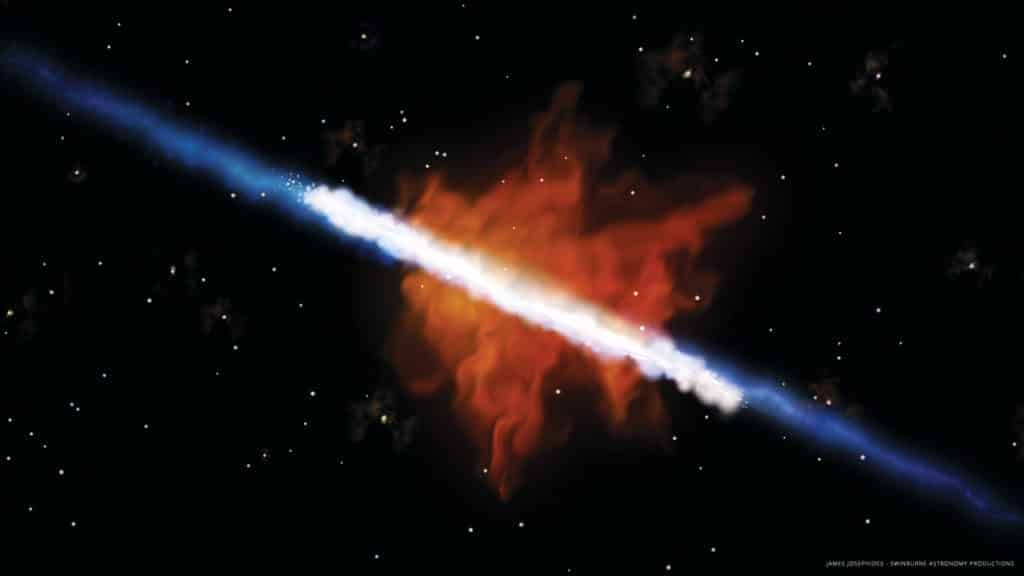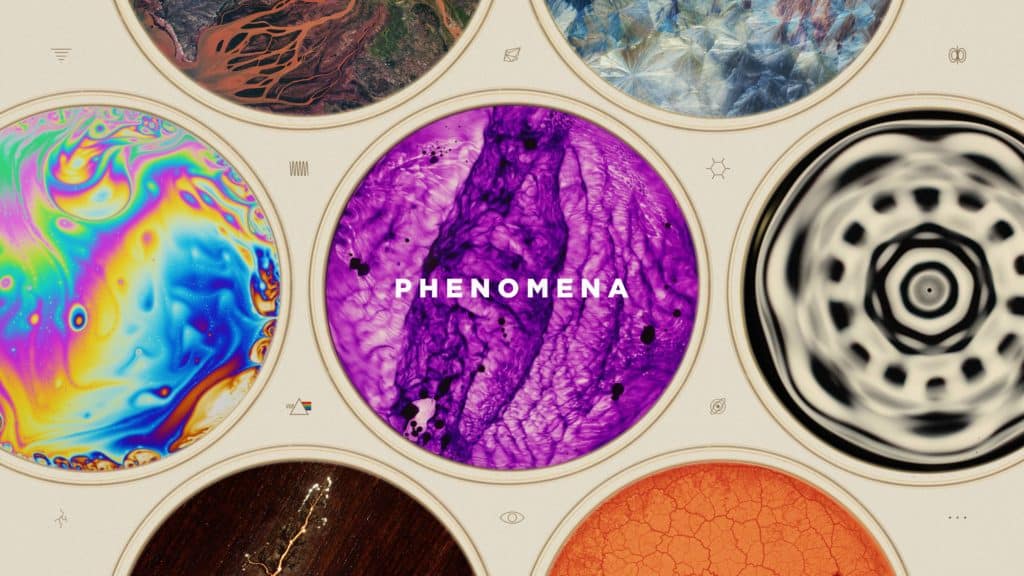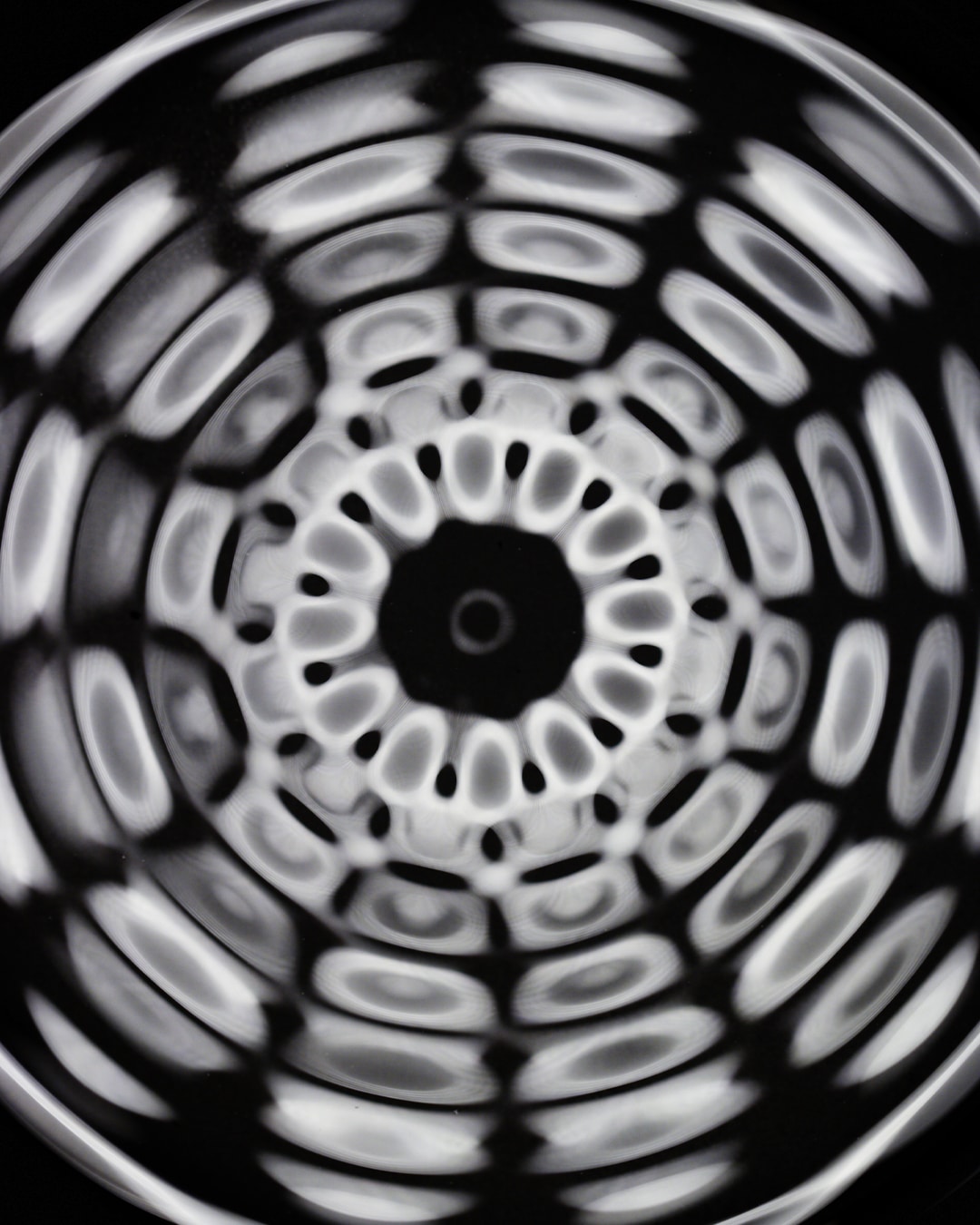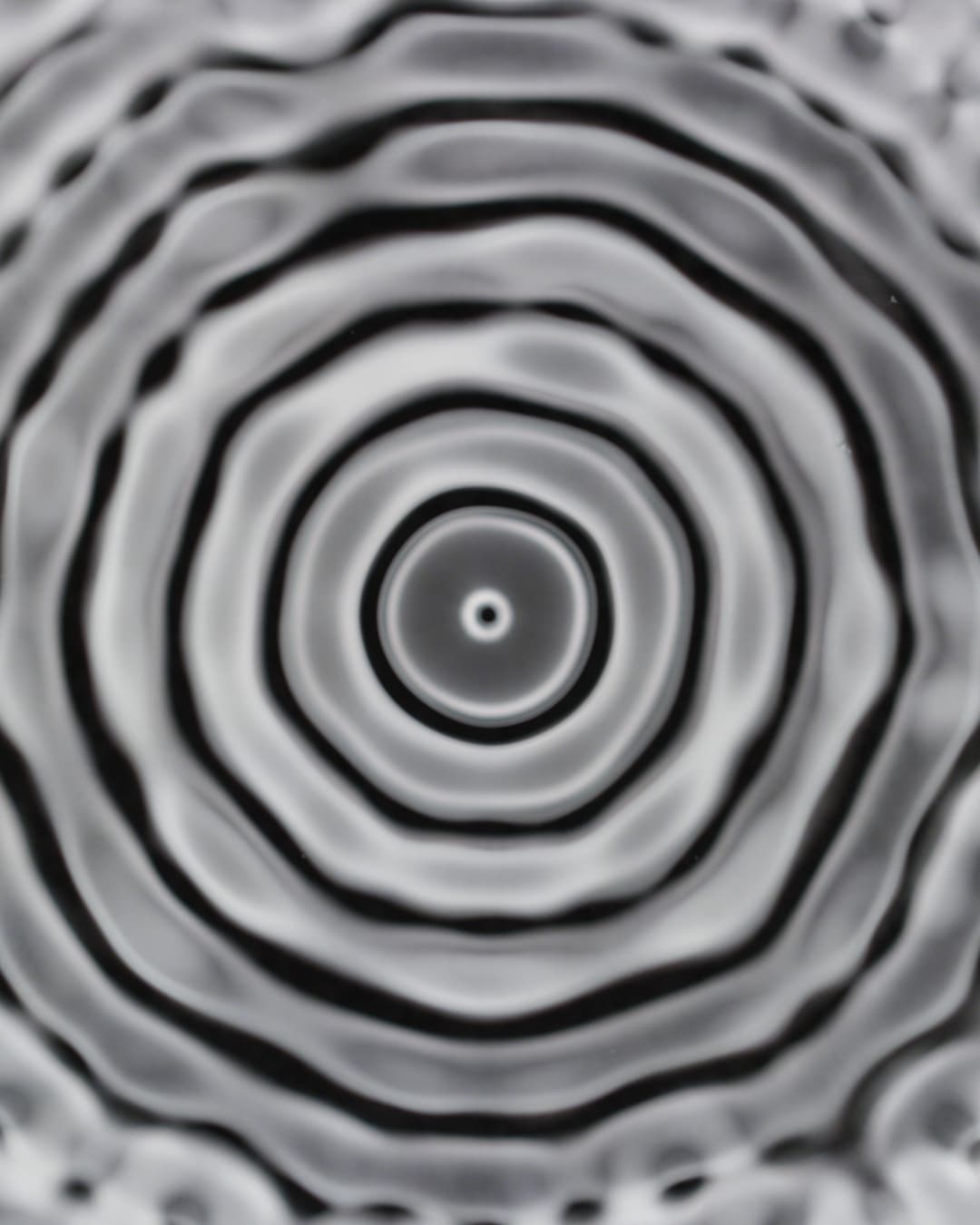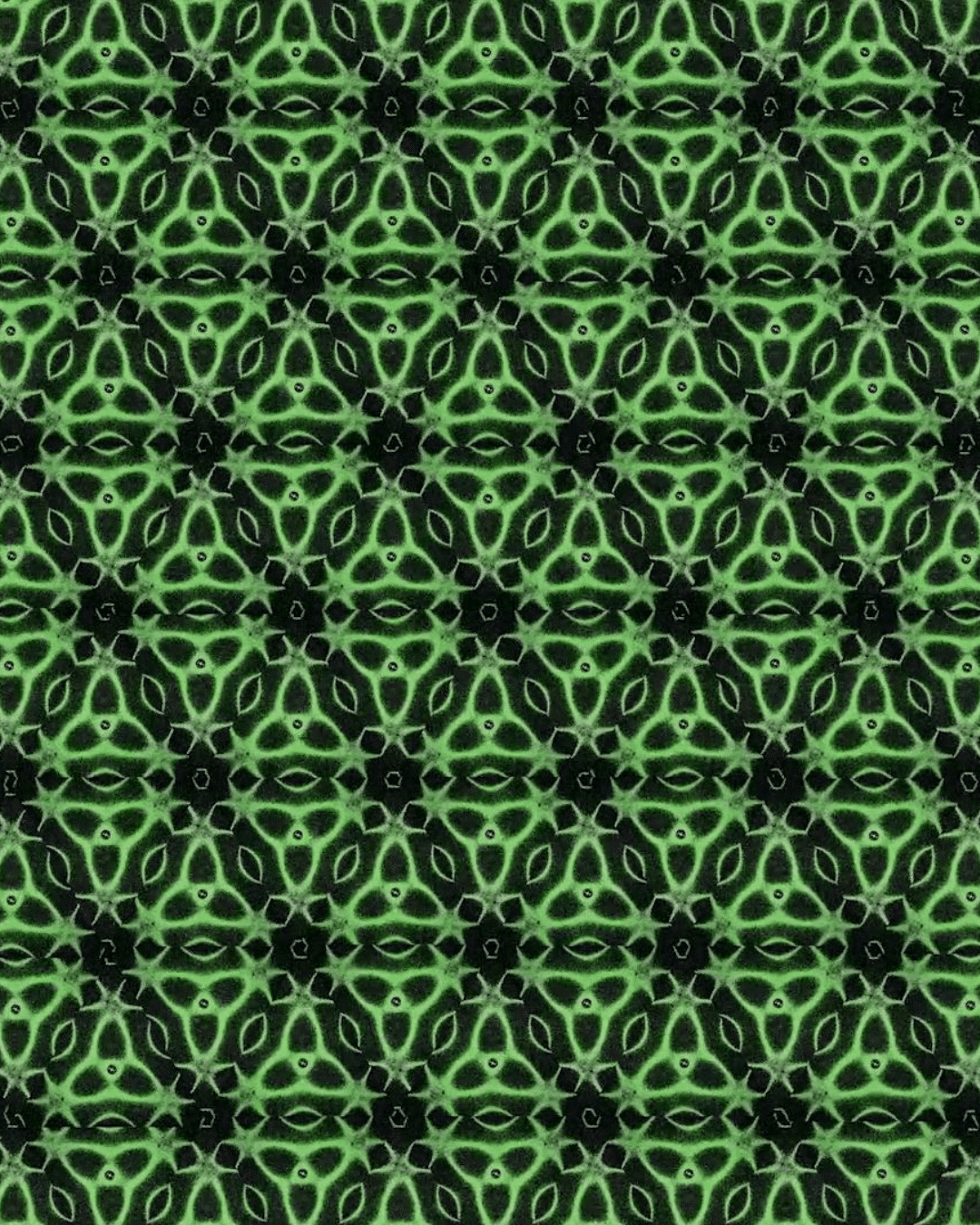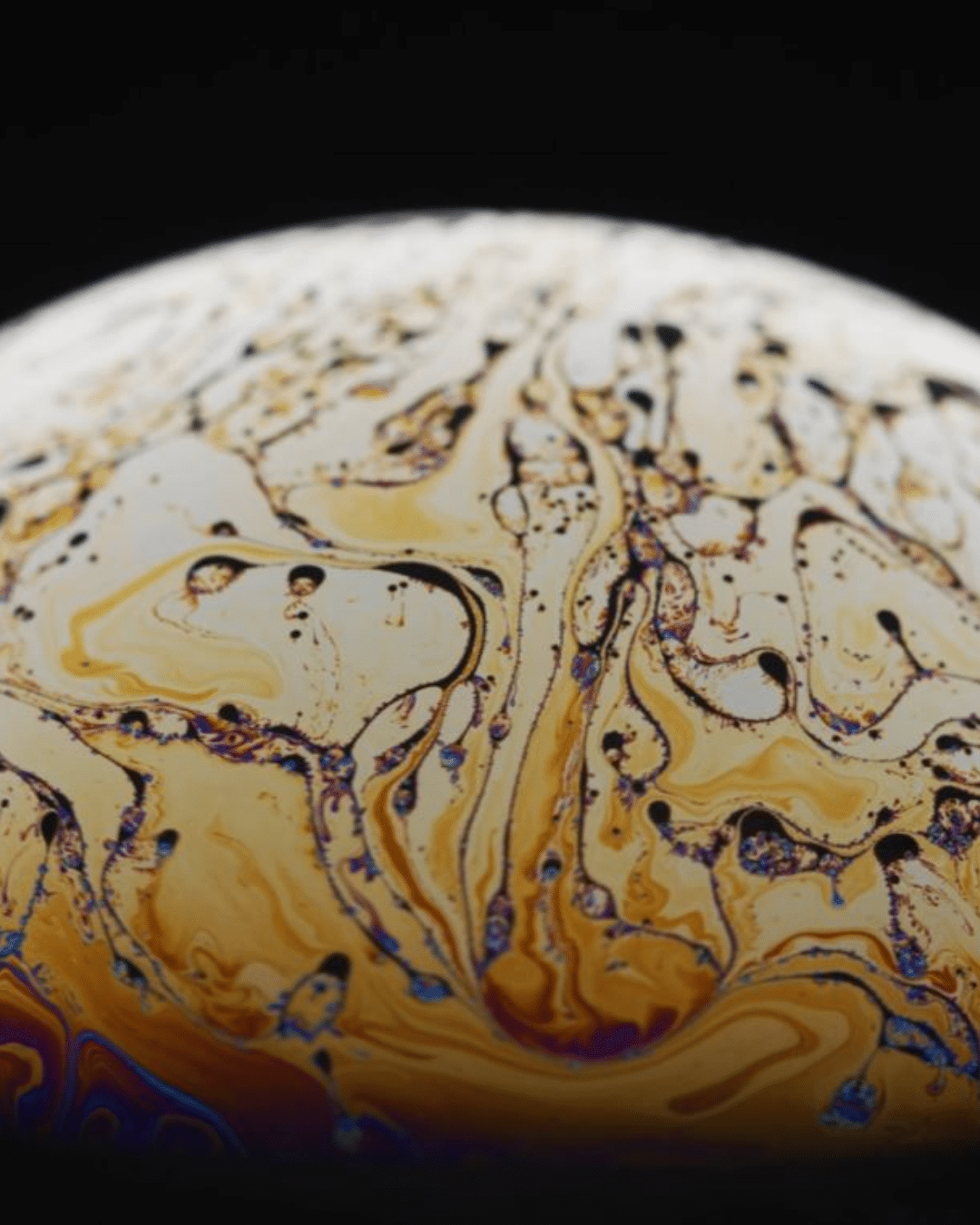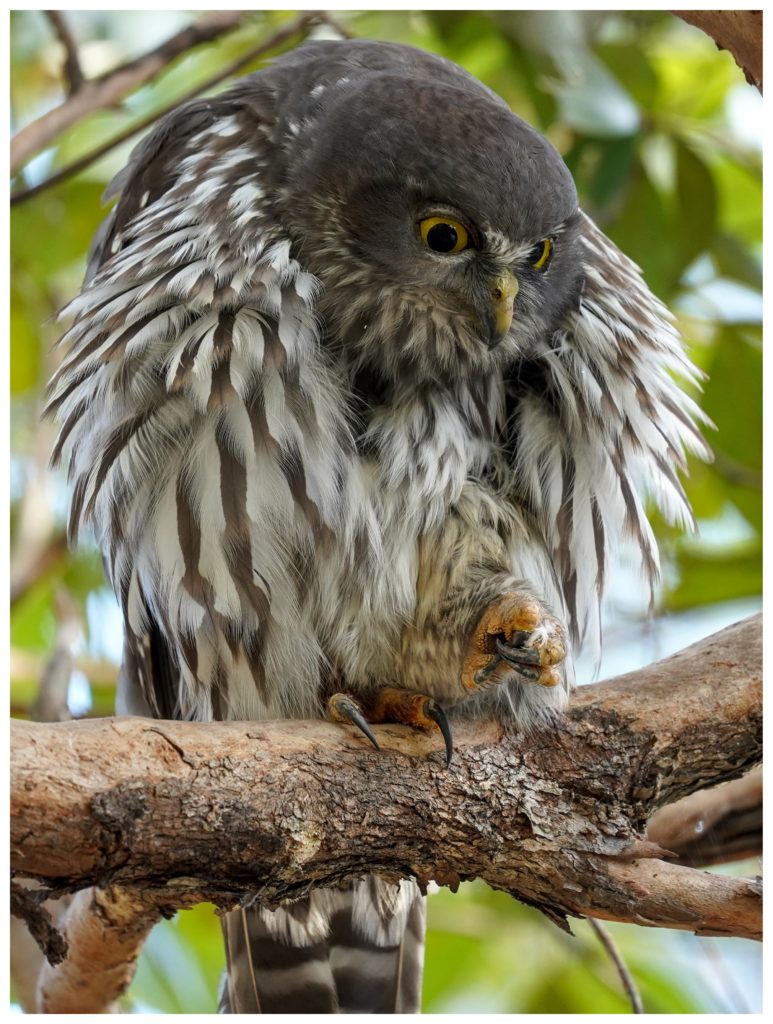Research using new antennas in the Australian hinterland has reduced background noise and brought us closer to finding a 13-billion-year-old signal
The early Universe was dark, filled with a hot soup of opaque particles. These condensed to form neutral hydrogen which coalesced to form the first stars in what astronomers call the Epoch of Reionisation (EoR).
“Finding the weak signal of this first light will help us understand how the early stars and galaxies formed,” says Dr Christene Lynch from ASTRO 3D, the ARC Centre of Excellence for All Sky Astrophysics in 3 Dimensions.
Dr Lynch is first author on a paper published in Publications of the Astronomical Society of Australia. She and her colleagues from Curtin University and the International Centre for Radio Astronomy Research have reduced the background noise in their observations allowing them to home in on the elusive signal.
Continue reading Closing in on the first light in the Universe






